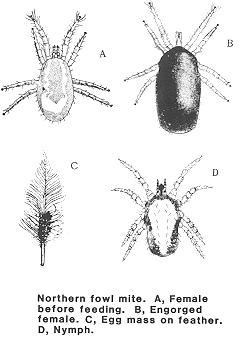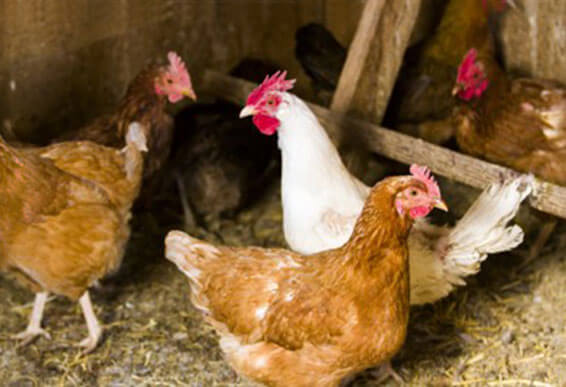- Thread starter
- #21
- Feb 20, 2012
- 6
- 0
- 60
Well, here is an update on my scaly lice problem. I bought some Adam's flea and tick spray and used it, 4 days later the worst of the problem was much better and now WOW I am impressed. I just bought some Ivomac from the vet, it has to be the type that is ok to give orally. I started it today and will repeat it in 2 weeks.
Thanks everyone for the great information.
Thanks everyone for the great information.



